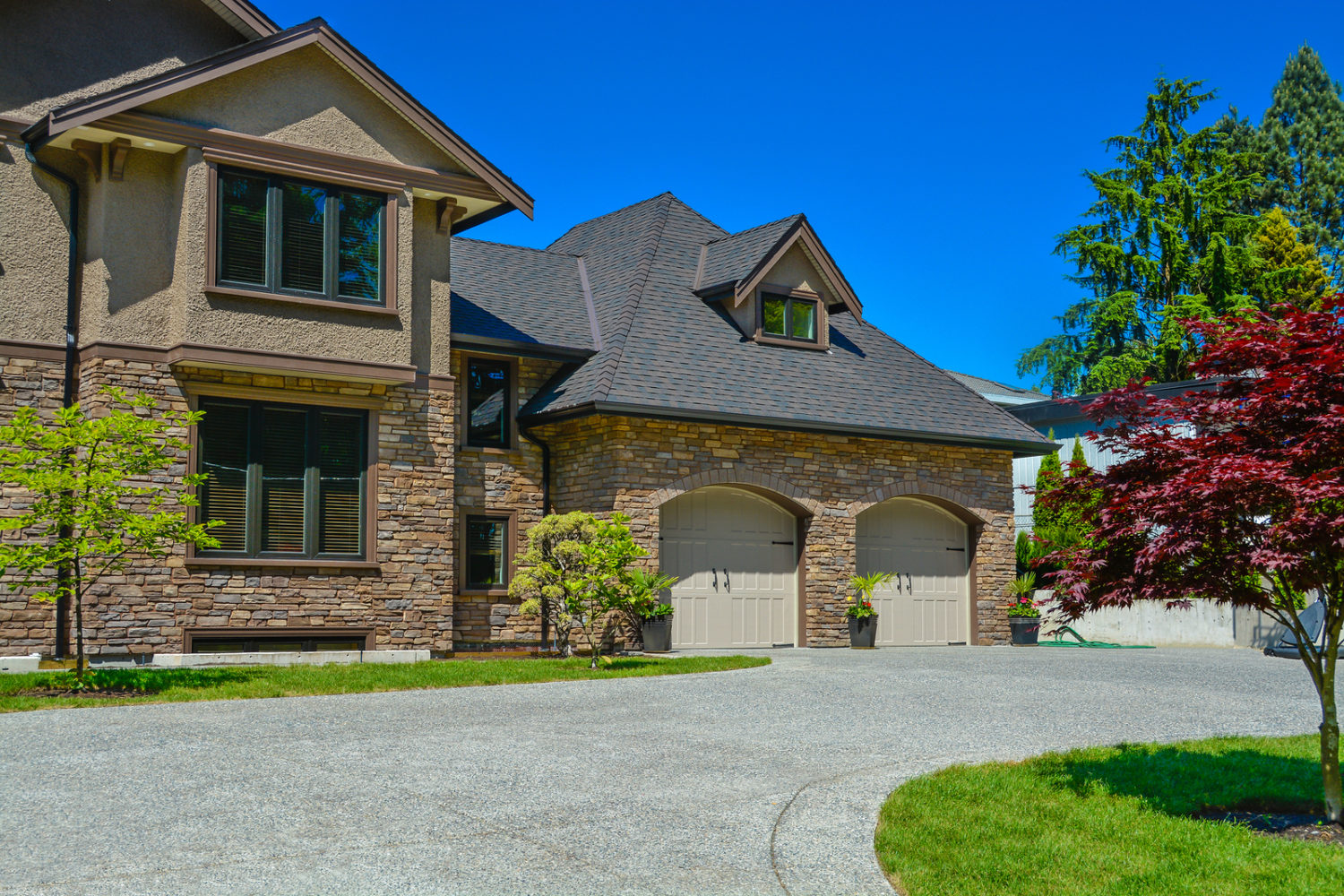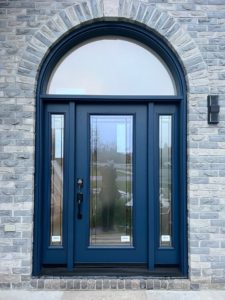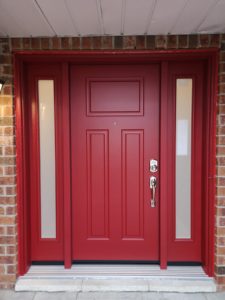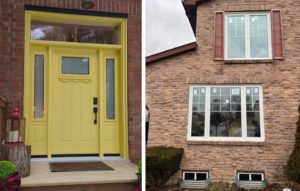When you think about your garage, it is most commonly associated with parking vehicles. But, did you know garages, the basic concept of them, already existed before the car was invented?
Garages and garage doors have come a long way from the initial carriage house designs of the 1800s and gatehouses in 450BC. Today, garages are a staple in all new home builds. Approximately 80% of homes have at least one-car garage, and people use their garage for more than just parking their cars at night. They use it for multiple purposes such as storage, workshops, home businesses, and many other functional uses.
Additionally, the development and evolution of the garage and garage doors go hand in hand. As garages changed, so did the doors. Here we take a look at the evolution of the garage door.
So, What Has Changed About Garages and Garage Doors Over The Years?
The concept of the garage has been around for thousands of years. Obviously, they were not used to store vehicles originally. They were used to house chariots during the Roman Empire, and later they were used to house horses and other means of transportation. A lot has changed since then, but a lot has also stayed the same.
Functionality: Garages continue to serve the same functional needs. They house transportation and act as a place to store household items. Over the years, garage doors have shifted from opening outwards manually to folding overhead at the push of a button. Technology has transformed garage doors from a manual to automatic action.
Material: Wood was the primary material used to build garages and doors originally. Today, while wood is still available; most garage doors are made out of aluminum, vinyl, and steel. These materials are lighter and more durable.
Size: Garages are getting bigger again. They were once a luxury for the rich. The designers originally intended to house multiple horses, carriages, and cars in them. Although, the original household garage was designed for only one vehicle, now they are growing larger once again as it is common to see two, three, and even four-car garages.
Location: What was once a separate building on your property has crept closer to the home over the years. Almost all homes today have garages that are attached or within a few feet of the main home.
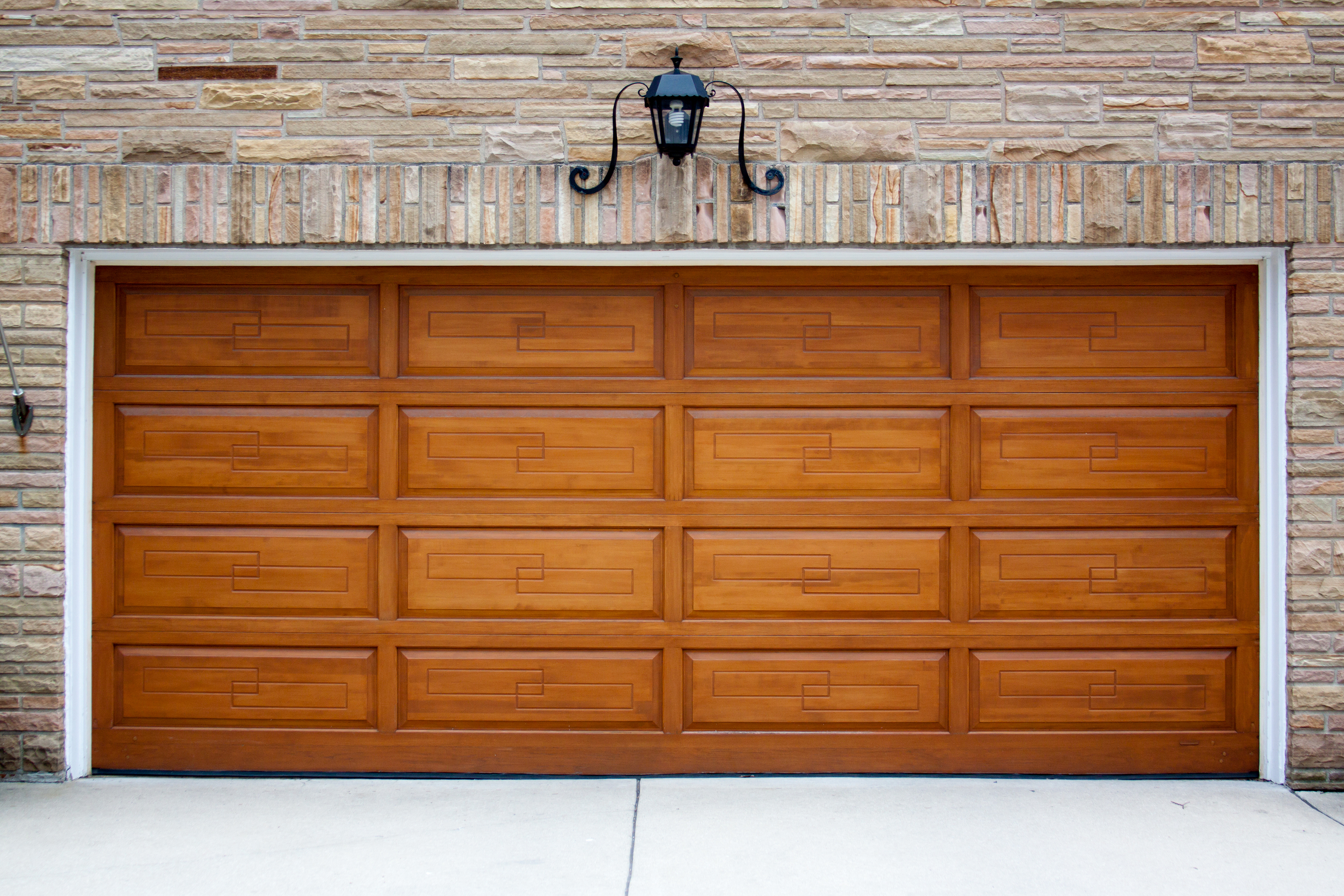
A Historical Timeline Of Garage Doors
Garage doors have come a long way. They have steadily evolved as we’ve become more reliant on the automobile and have utilized technology to improve construction and functionality. Here is a historical timeline of the development of garage doors over the years.
Pre 1900s
There are many instances throughout history of the precursor to modern garage doors. Carriages and chariots were written about in the 8th Century. Chariot racing was also a big part of the ancient Olympic Games in 776. Buildings were erected to house these vehicles. Versions of these original gatehouses or carriage houses have been documented throughout history.
Additionally, carriage houses in the 18th and 19th century were used to house wheeled vehicles. Doors on these storage buildings at the time were made of wood and opened outward. They were separated from homes and were often a good distance from the main home. It wasn’t until the early 1900s, when the automobile was invented, that we started to see the development of early modern garages.
1902
The word garage first appeared in the English Dictionary. The word garage is derived from the French word, “garer,” which translates as cover or shelter.
As a result of Henry Ford’s development of the automobile, there became a need to store cars. Early car designs did not have a roof and required a place to be stored to protect it from rain. Most cars were originally parked in barns and carriage houses along with the horses.
In areas that did not have adequate cover, private garages were created and car owners were charged a monthly parking fee. These private-public garages were heated and could accommodate up to 100 cars. Think of a modern parking garage with one level. As cars became more popular and as the private fee-based garaged began to fill up, there was a need for personal garages.
1906
Personal garages began to appear. Portable garages and garage kits were available in mail-order catalogues through Sears Roebuck. Some catalogues promoted garages with the first upward operation garage door.
1921
C.G. Johnson invented the first overhead operating garage door. This was the basis for the garage doors we use today. These doors originally were manually operated. The door could be lifted and would fold parallel to the roof.
1926
C.G Johnson takes his invention one step further and by inventing the electric door opener. It was originally designed to help people who had difficulty lifting the heavy wood garage doors used at the time.
1936
Leno Martin invented the first one-piece overhead garage door. The invention used T- iron pivot hardware. The doors took up less space and offered greater convenience than swing-out and sliding garage door models.
1950s and 1960s
After the war, auto manufacturers started to design larger vehicles designed for families. As a result, garages and garage doors became bigger. Families started having more than one vehicle, leading to the development of multi-car garages. There was also a trend for the garage to get closer to the home.
1970s
The 1970s saw a large shift in the materials used for garage doors. Prior to the 1970s, wood was used exclusively for garage doors. But, there were a number of drawbacks of using wood for garage doors. They could warp from the sun, rain and water could cause rot and they required regular maintenance, such as painting.
During this time period manufacturers started to use aluminum, steel, and fibreglass. They were lighter materials and gave manufacturers more design and productions options.
During the 1970s, more than half of all new home builds in the US included two-car garages. Automatic garage door openers also became a standard.
1980s
Steel garage doors were the most popular option. Manufacturers typically offered steel doors that had the appearance of wood. Safety also became an important consideration. At this time, garage doors did not have the safety features they do today. Doors did not retract when they came into contact with something. Vehicles, and more importantly, children and pets could be seriously injured. There were multiple instances of children getting seriously injured or even killed by garage doors.
1990s
Adding safety elements to garage doors was the most significant development during the 1990s. In 1993, the Consumer Product Safety Commission in the US required all garage doors to have sensors in response to children getting seriously injured by garage doors. The Natural Handyman explains:
“This terrible situation led the Consumer Product Safety Commission in the U.S., in 1993, to pass a law that required all garage doors to be equipped with photoelectric sensors and pressure-sensitive sensors. The photoelectric sensors were electric eyes mounted 6 inches from the ground, while the pressure-sensitive sensors were mounted on the bottom of the door. If either of these sensors detected any object under a garage door while it was closing, they would automatically reverse themselves and fully open.”
Better sensors and safety features continue to evolve.
2000s
Old became new again. Rustic and vintage designs became very popular with homeowners and they still do to this day. It is common to see rustic carriage inspired garage door designs. There are never been more garage door design options. If you have an idea, you can get it made for you.
Garage doors have come a long way. They match your home’s design, they are safer, offer great functionality, and are a staple in home design.
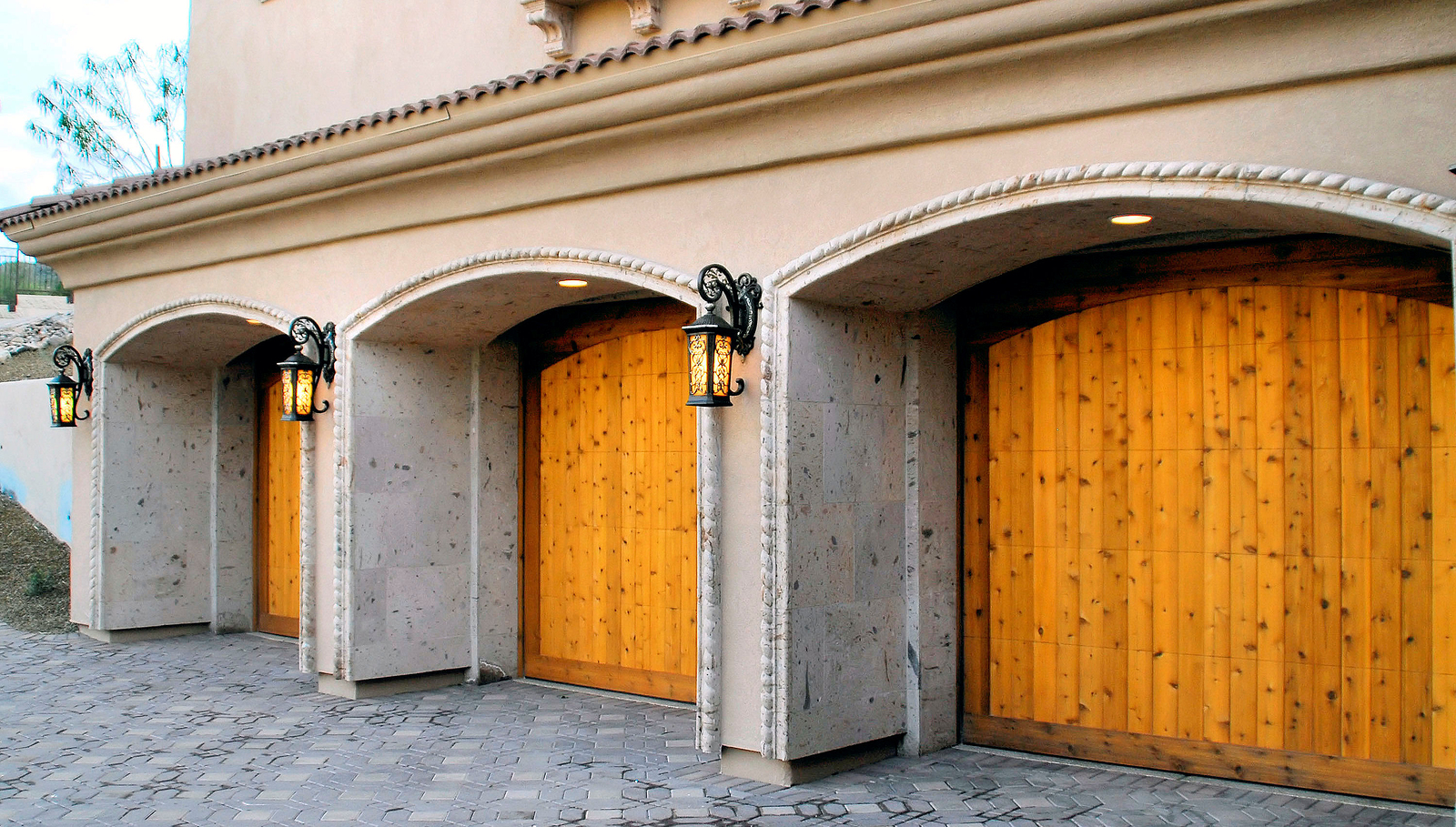
Check Out Our Garage Door Collection
Thinking about replacing your garage doors? Want something unique? You have never had more garage door style and design options. Not sure what you want? Take a look at our garage door collection for ideas.
Moreover, you can even build your own garage door using Garaga. Choose the panel style, dimensions, panel design, colour and more. Let’s work together on your next garage door project. Contact us anytime to get a FREE Estimate!
Learn More About Garage Doors From Our Blog
Get more great information about garage door design trends, reasons to upgrade, how garage doors can add value to your home and much more. Check out these informative blog posts by our industry experts:
7 Reasons Why 2019 Is The Year To Upgrade To Premium Garage Doors
3 Trends In Garage Door Designs That Will Add Curb Appeal To Your Home
4 Ways Ecotech Can Help Add Value To Your Home – Windows, Entry Doors, Garage Doors, Patio Doors


